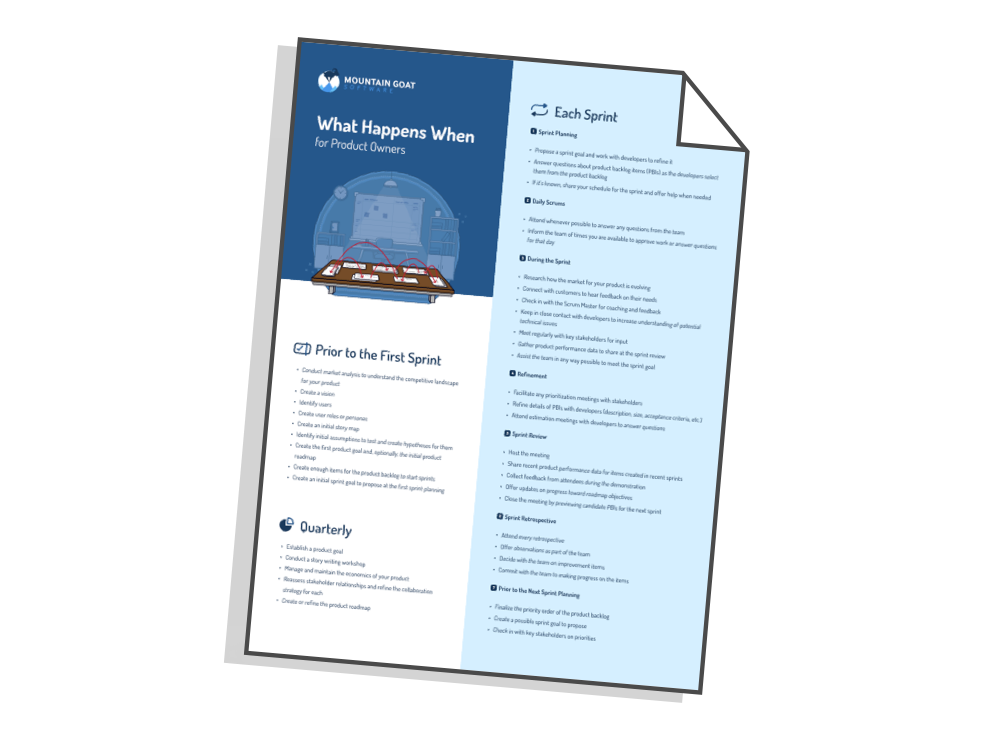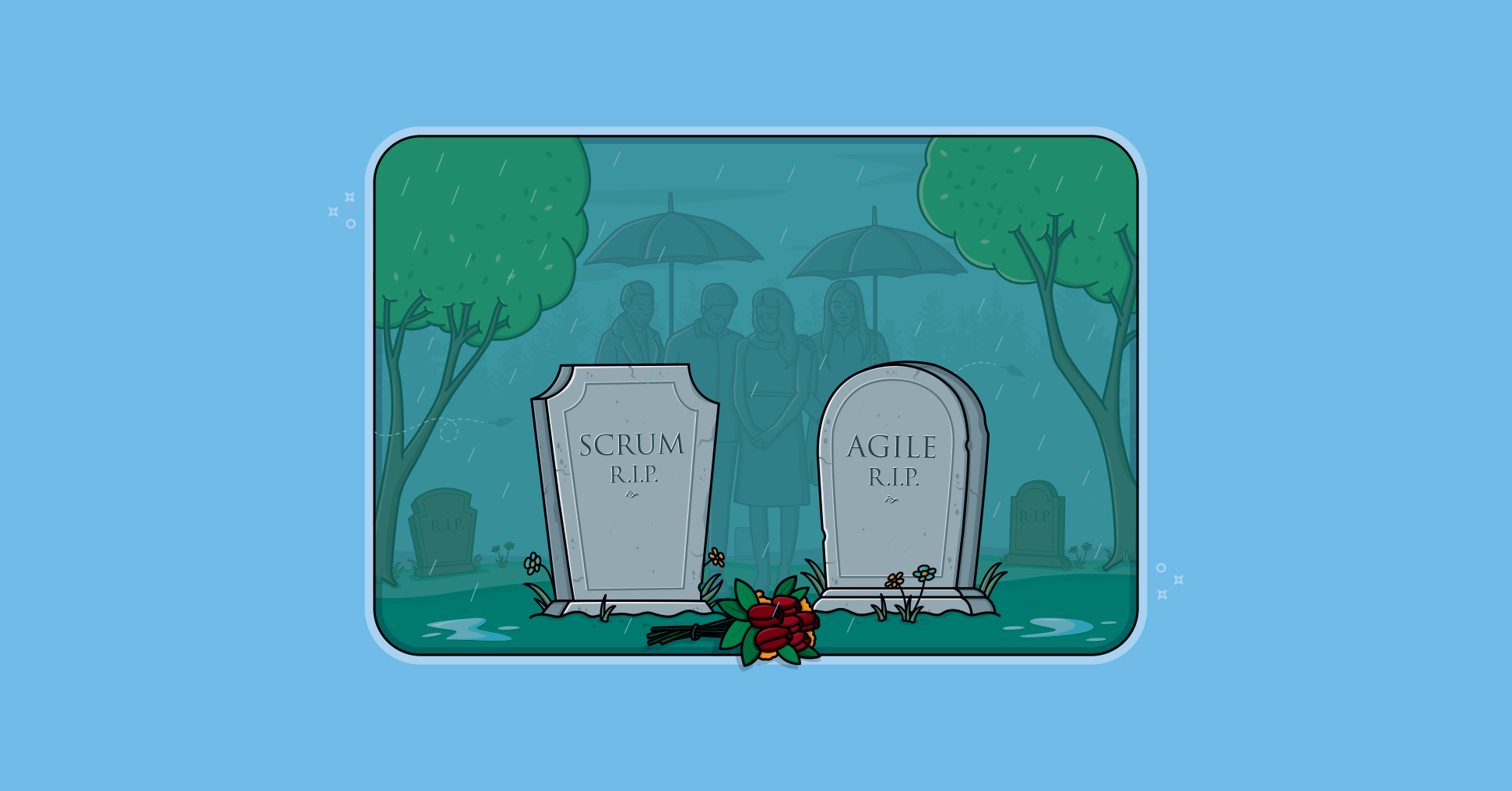As I’ve done for the past two years, I’m starting the new year with a list of the most popular blog posts I shared during the prior year. Based on page views per day and the number of comments, here are the ten most popular posts of 2018:
10) Three Questions to Determine If an Organization Is Agile
I wrote this after someone told me he’d recently taken a job with a company that had told him they were agile. But once he started there, he discovered they were quite far from being agile. This post offers three questions you can ask during an interview to help determine if the organization is truly agile or just paying lip service to it.
9) Self-Organizing Teams Are Not Put Together Randomly
There is a lot of misinformation about self-organizing teams. One myth is that management cannot exert any influence or control over a self-organizing team. This post refers back to the original 1986 paper on Scrum and describes the subtle influence management should exert on a self-organizing team.
8) How to Ensure You’re Working on the Most Important Items Each Iteration
A lot of agile advice says to start each iteration by picking the most important things. This can lead to teams being too reactionary and just putting out fires and solving other crises rather than working on items that are strategically important. Here’s how to solve that problem.
7) What Happens & When During a Sprint
I get a lot of questions about what day should we do this meeting or when should this happen. I wrote this post to answer all those questions for all sprints from one to four weeks. As a bonus, I had my designer turn it into a great infographic you can use.
6) Six Guidelines for Saying No to a Stakeholder
No one likes to be told no--and stakeholders might like it least of all--yet, sometimes a team does need to say no to stakeholders. This post shares some tips on doing so.
5) Include All Team Members in Sprint Meetings. Yes, Them Too.
Agile works best when accompanied by a whole-team mindset. This occurs when everyone is part of one team with one goal instead of working as multiple sub-teams. This post makes the argument that you want to avoid rules that prohibit some people from participating in some Scrum meetings.
4) An Agile Team Name Generator
It can be hard to come up with a name for your team. This post was written to do it for you. Answer a few simple questions about your team and discover your “perfect” team name.
3) Ten Things the Beatles Taught Me About Being Agile
I’m a huge Beatles fan. I wrote this one day while binge-listening to all of their albums and realizing how much agile wisdom was encoded in their songs. And I didn’t have to play any of them backwards to hear that advice.
2) Ten Sentences with all the Scrum Master Advice You’ll Ever Need
Well, I’m sure ten sentences don’t cover everything. But I sure tried to distill as much as a Scrum Master would need into as few bits of advice as possible.
1) The Difference Between a Professional and an Amateur
My most popular post was written in a fit of rage after a conversation with a Scrum Master. He kept telling me, “But my team won’t do that” and “They won’t do that either.” I had to break it to him that he was working with a team of amateurs rather than professionals.
Last update: July 11th, 2024









